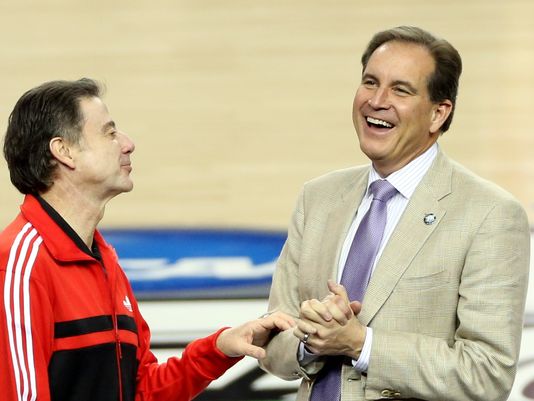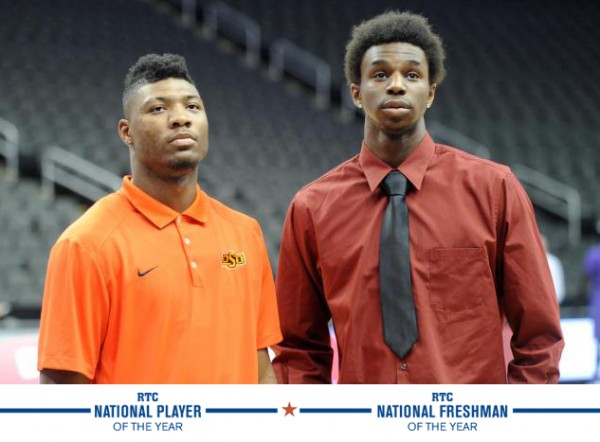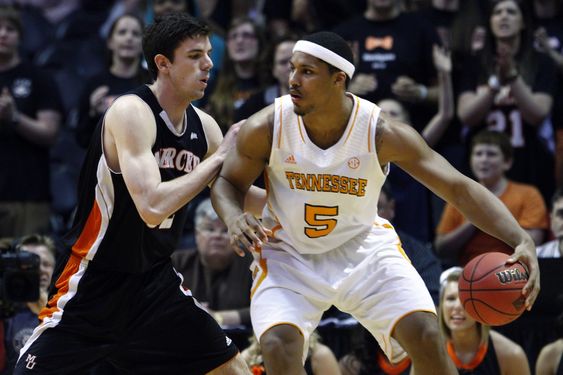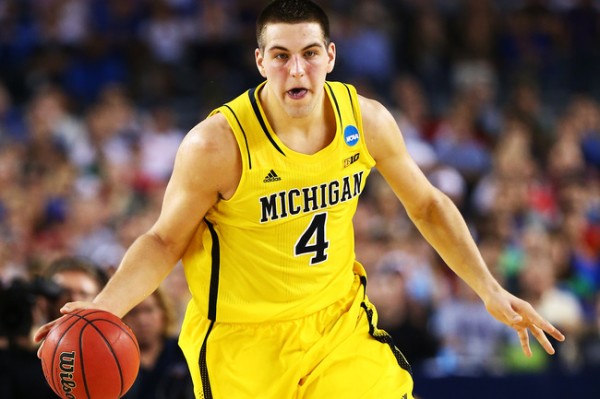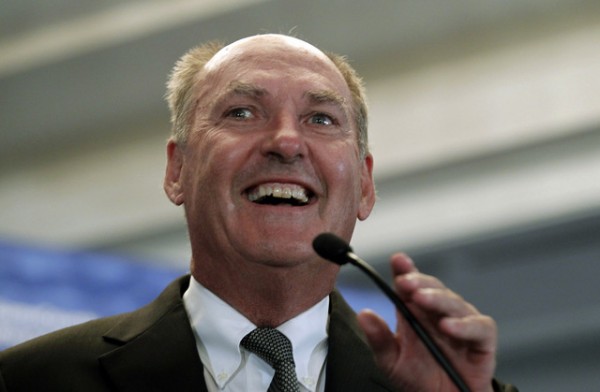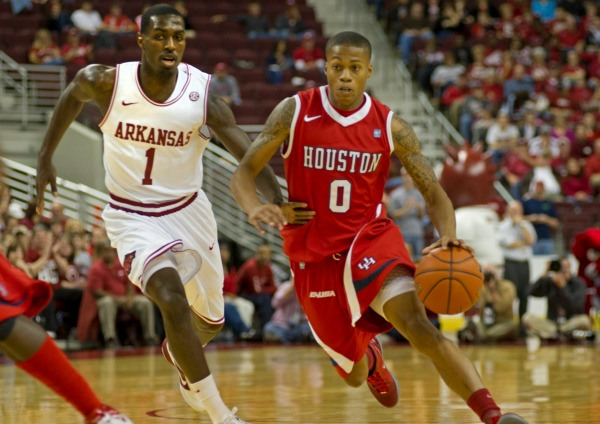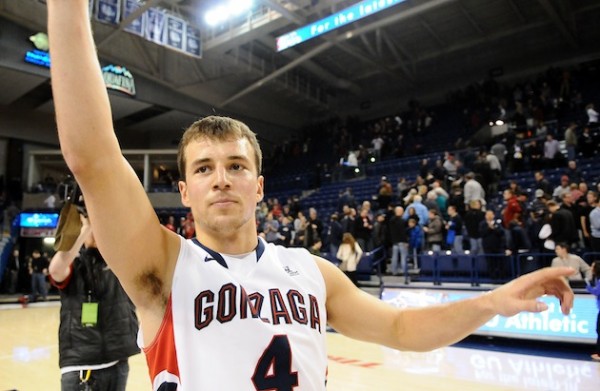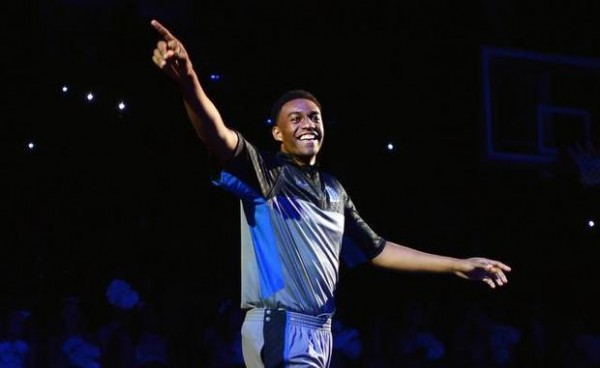Do Yourself a Favor: Watch UCLA Freshman Zach LaVine Play
Posted by Chris Johnson on December 11th, 2013Anyone who watched Missouri beat UCLA last Saturday probably came away impressed with the Tigers’ backcourt trio of Jordan Clarkson, Earnest Ross and Jabari Brown. The three guards combined for 63 points, 12 rebounds and nine assists, and attacked UCLA’s defense from inside and out, on the break and in the half-court, on spot-ups and dribble penetration. The Tigers were impressive, so it was no surprise to see them ranked no. 24 in the AP Poll released on Monday. If you watched Missouri beat the Bruins, you might even be inclined to argue that the Tigers deserve a higher ranking. I was impressed with Missouri. I think it was underrated heading into the season. Now that coach Frank Haith is done serving a suspension that – if we’re being totally honest – should have kept him away from the sidelines far longer than five games, the Tigers are in position to climb the rankings in the coming weeks, and maybe even challenge Tennessee and LSU for the de-facto SEC regular season bronze medal (i.e., the team that inevitably finishes behind Kentucky and Florida for third place). But what really struck me about Saturday’s game had nothing to do with Missouri. Near the end of the first half, Bruins freshman Zach LaVine pounced on a Tigers turnover just beyond his team’s three-point line, dribbled the length of the court, took off from one step inside the paint and flushed home a ferocious, one-handed windmill dunk.
This wasn’t the first time I had heard of LaVine. I knew coming into the season he was one of the nation’s better freshmen – though one who was more overlooked than he otherwise would have been in most years because of how loaded this freshman class is. I knew he was a good athlete, someone who could score, someone who could give the Bruins another scoring threat behind guards Jordan Adams and Kyle Anderson. But this – one of the most impressive breakaway dunks I’ve seen from any player at any level – was something I wasn’t quite prepared for. So I spent some time looking around on YouTube, found this clip, rewound each of LaVine’s dunks at least three times and quickly came to the conclusion his jam against Missouri was downright mediocre by comparison.






























